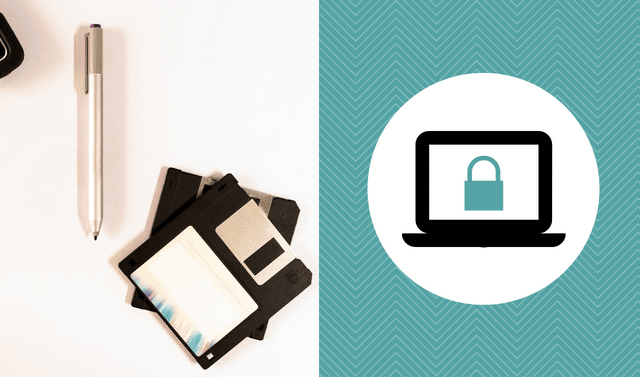The digital world makes it easy to store and to access your photos and documents. But it’s important to save backup copies of these important digital files. Mark Mizen, director of digital development at Creative Memories, gives us some pointers.
Q. What’s the safest way to store digital pictures?
A. Don’t rely on one single solution—any one can fail. Save them on your computer, on an external hard drive, and on a CD or DVD. Have them available online. Print them. That way, if your hard disk crashes, you still have backups.
Q. Photo files come in many different formats. Do you recommend a certain type of file?
A. Stay with one of the more widely used file types (as indicated by the three-letter extension on the file name): JPG or TIF. JPGs take up less space on your computer, but every time you edit and resave a JPG, you lose a little bit of quality. TIFs are larger and don’t lose image quality when edited. If I need to edit a JPG, I copy it and rename it, then edit the copy.
Q. How do you make sure that your photos will be accessible in 10 years?
A. I suggest CDs or DVDs as the most stable options. Millions of consumer records are on those media, so the technology will remain available far longer than other computer formats. Even Blu-ray players are generally backward-compatible, meaning they will read the earliest CDs made. Don’t forget to transfer files to new media as they become available.
Q. What kinds of CDs do you recommend?
A. Gold-quality preservation CD-Rs and DVD-Rs (recordable, but not rewriteable) made with a phthalocyanine dye layer and an inert gold metallic layer. These discs are relatively stable to light, heat and humidity. CD-Rs without a gold metal layer are more vulnerable to improper storage conditions, such as reactive plastics, acidic paper and harmful air pollutants.
Q. How should discs be stored?
A. Discs should be stored at 77 degrees Fahrenheit or lower, with 20 to 50 percent relative humidity. Heat accelerates aging, so keep discs out of hot cars and away from direct sunlight. Recovery of discs damaged by heat is difficult, but may be possible. Store discs vertically, and avoid bending them.
Q. Is it safe to store my digital photos on a website that offers free storage space?
A. No. Those sites can go in and out of business without any concern for the images stored there. They might delete old photos that aren’t generating revenue. Some sites charge for storage—that’s a better bet for preservation.
Resource Roundup
Memory Manager 3.0, $39.95
Creative Memories, (800) 341-5275 to find a consultant, Creative Memories
CD/DVD storage box (item CDBT), $4.30
Hollinger Metal Edge, (800) 862-2228, Hollinger Metal Edge
Corrosion Intercept CD protectors, pack of 25, $10.85
University Products, (800) 628-1912, University Products
Archival Gold CD-R, pack of 25, $63.90
Light Impressions, (800) 828-6216, Light Impressions
Archival Action: Back Up Photos to CD
Time: 15 minutes
Cost: about $3
Because CD-burning software varies, we’re just giving general guidelines. Practice with an inexpensive CD if you need to get familiar with your computer’s CD software.
- Place a blank CD in your computer’s CD drive. For best results, use an archival gold-quality CD-R. (Rewriteable CDs, labeled CD-RW, are less stable over time.)
- When the blank CD is inserted, your file-loading software will likely automatically open a window and prompt you to choose an option. Select one similar to “Create a data disc.”
- Go to the computer folder(s) containing the images you want to copy (note that the best file format for long-term storage is an uncompressed TIF). Select files individually, or select multiple files while holding down the Control key (to copy a series, select the first file, press and hold the Shift key, then select the last file desired).
- After selecting a batch of images, right-click and select Copy. Return to the empty CD window, right-click again, and select Paste. (You can use Command-C and -V to copy and paste on a Mac.) Continue to copy and paste photo files until you’ve nearly filled the CD. Don’t use the disc’s full capacity, as data stored on the outer layers of the CD (when it’s nearly full) are more vulnerable to corruption.
- The disc-loading software won’t “burn” the files to the CD until you tell it to do so. With a CD-R, this is a one-time-only event; you can’t add more files later. After you’ve added all the files you want, tell the software to load or burn (commands vary).
- Once loading is complete, eject the disc and label it with a solvent-free felt-tip pen near the CD’s center reinforced hub. Store discs vertically in a translucent polypropylene case (without an acidic paper insert) in a cool, dry location.
Heirloom ID: Wax Nostalgic





